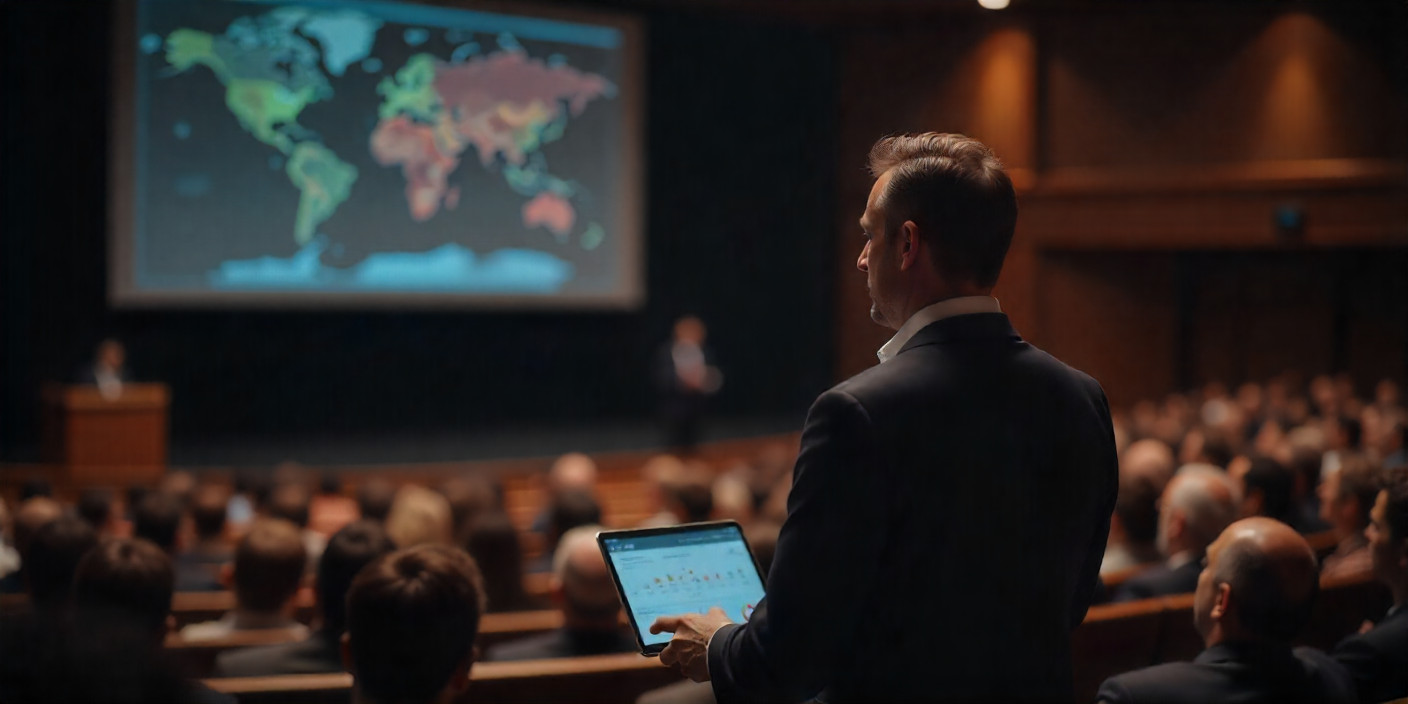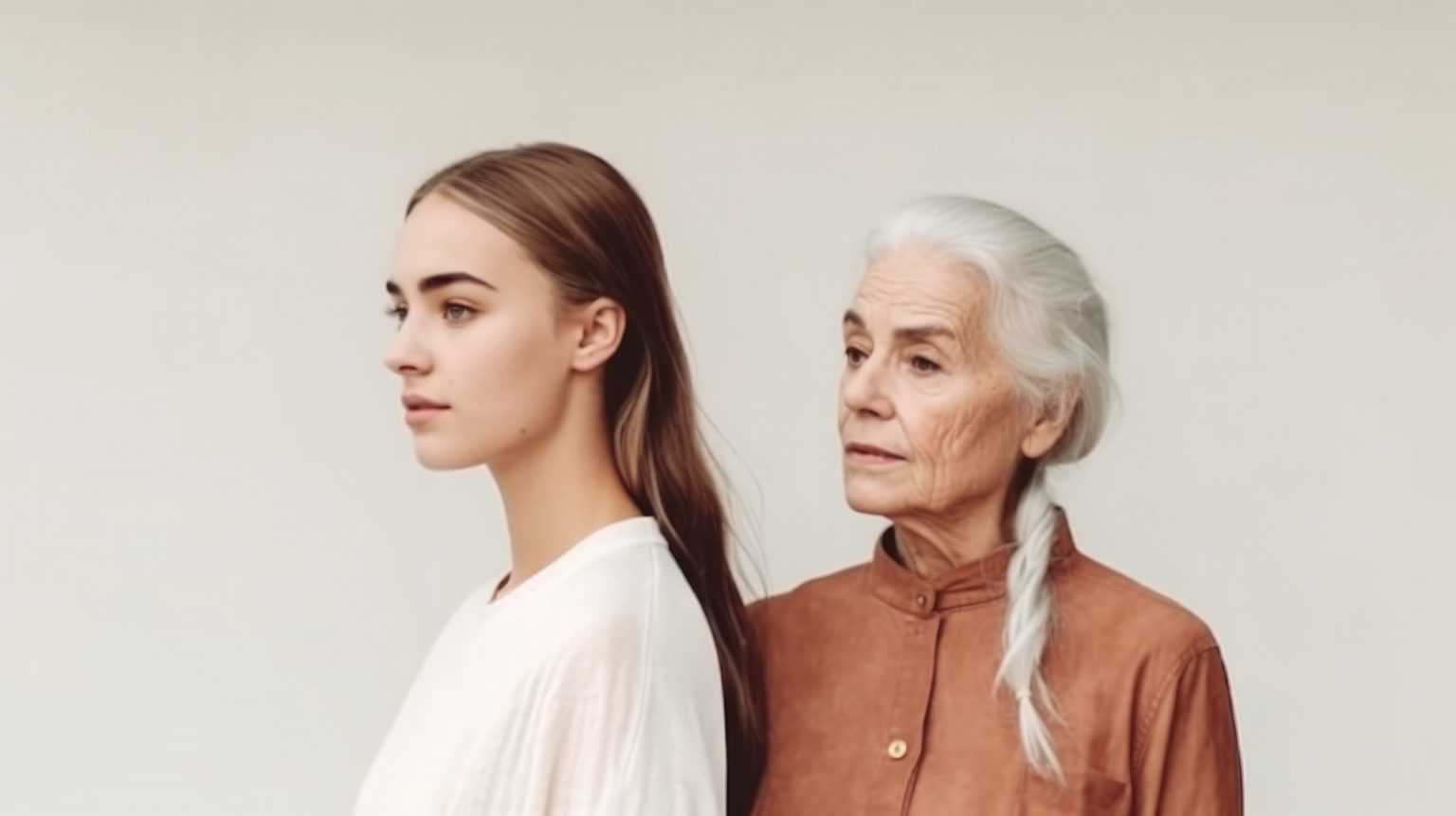Да остарееш красиво – как „про-ейдж“ се превърна в културен феномен
Дълго време идеалът за красота се измерваше с младост. Изумително гладка кожа, равномерен сияен тен и нито едно несъвършенство – недостижим стандарт, поддържан от рекламите, модните списания и социалните мрежи. В продължение на десетилетия индустрията за красота диктуваше едно и…







